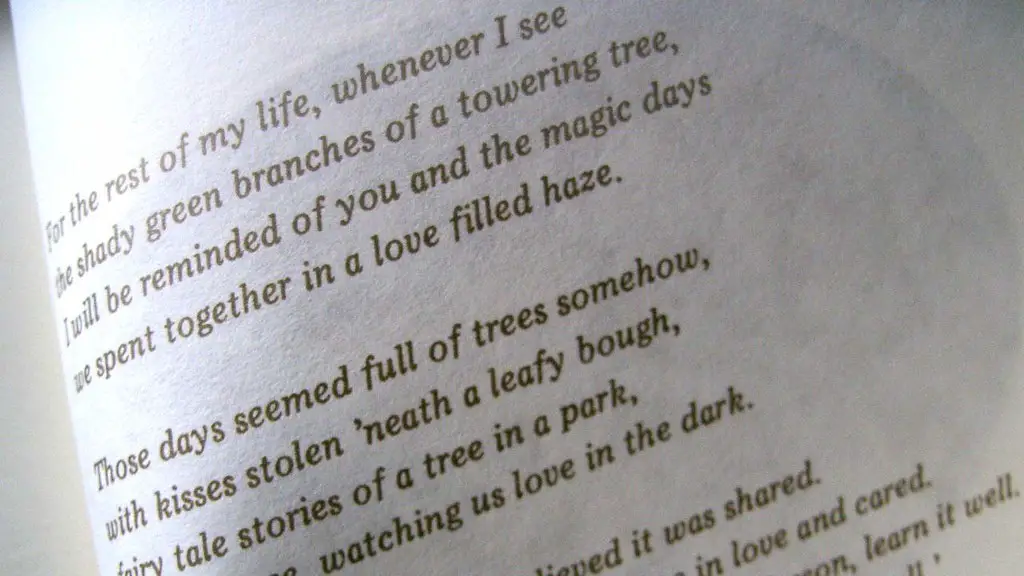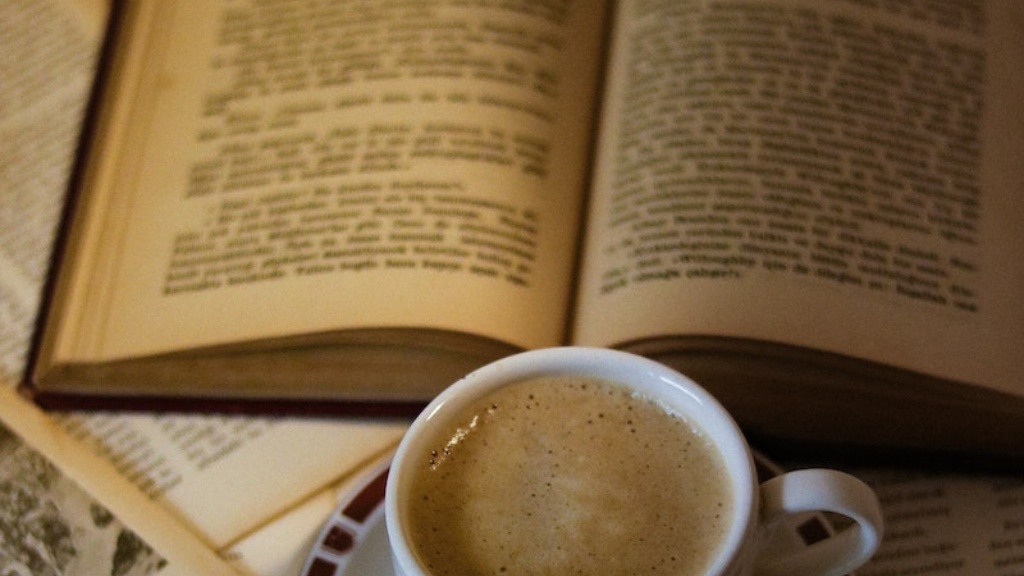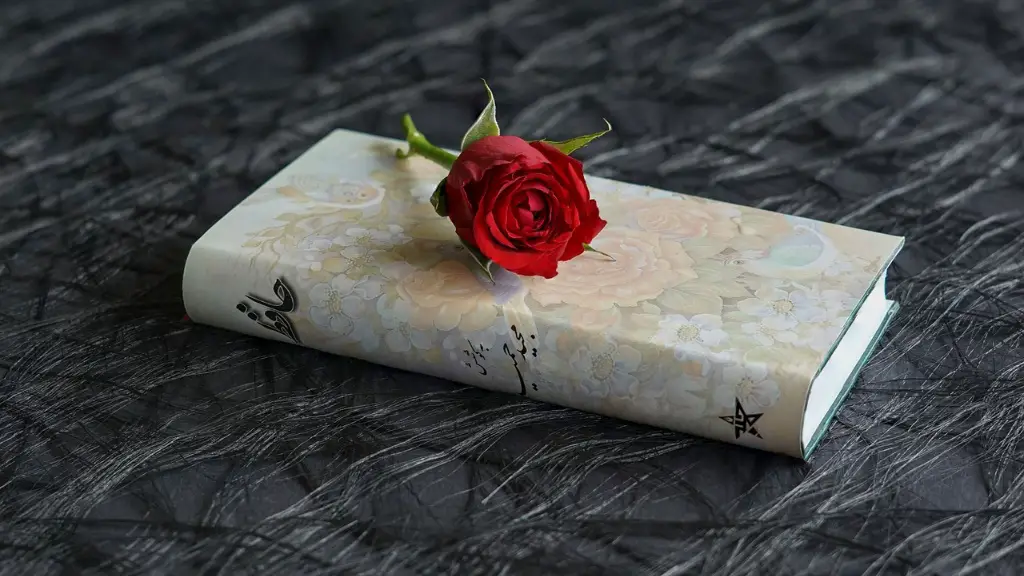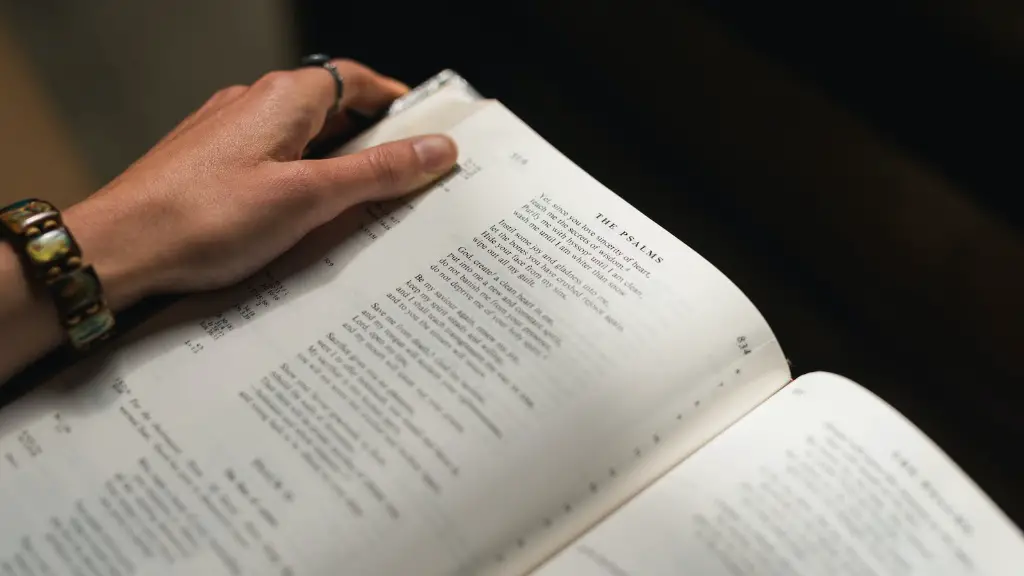What is alliteration in poetry? Alliteration is a poetic term that refers to the repetition of the same sound at the start of two or more words in close succession, such as “she sells seashells.” Alliteration adds structure and beauty to poetry, as well as making it more memorable for the reader. It has been used for centuries by writers and poets to create rhythm, texture and imagery in their work.
Definition
Alliteration is a literary device used to create rhythm and emphasis in poetry and prose. Typically, it is seen as a repetition of the same sound at the start of several words in a row or a phrase. Alliteration allows the author to highlight or draw attention to important words and concepts in a poetic or literary work.
One of the most classic examples of alliteration is found in the tongue twister, “she sells seashells.” Here, the repeats of the “s” sound draw the reader’s attention to the beginning of each word and creates a rhythm that can be easily repeated and remembered.
History
The use of alliteration in poetry and literature dates back centuries to the works of ancient Middle Eastern scribes and epic poets such as Homer. It has also been used in oral traditions from the oral traditions of many cultures, from traditional Indian stories to the nursery rhymes of the English-speaking world, which often employ alliteration to create catchy melodies and phrases.
Alliteration was also popular during the Medieval and Renaissance eras, when poets and scholars such as Geoffrey Chaucer and Dante Alighieri used it to create pleasing rhythms in their works. During the Victorian era, alliteration was commonly used as a way to draw attention to and emphasize certain words.
Uses
Alliteration is used in many forms of literature, from poetry to prose, to help create rhythm and imagery in the work. It can also be used to draw attention to important topics or words and to make it easier for a reader to remember or recite the material.
For example, in poetry, alliteration often helps bring forward meanings or subtleties in the poem. For example, a poet might use alliteration to contrast two similar words and draw attention to their differences. In prose, alliteration can be used to create a certain atmosphere or visual image, as well as to emphasize a point.
Alliteration can also be used to create a certain cadence in a poem, which helps the reader to distinguish different sections of the work and easily recall them. This can be especially effective when writing longer poems, as it adds structure and order.
Examples
Some classic examples of alliteration can be found in literature and poetry. An example of alliteration in poetry can be found in William Wordsworth’s poem “The World is Too Much With Us”, in which he writes: “Little we see in Nature that is ours;” Here, the repetition of the “w” sound makes this phrase more memorable and emphasizes the meaning of the statement.
In prose, alliteration can be found in many works of literature. An example from F. Scott Fitzgerald’s novel The Great Gatsby is the phrase “the green light” which is used to represent Gatsby’s longing for Daisy. The repetition of the “g” sound in this phrase helps to bring emphasis to the idea of Gatsby’s dream.
Popular Culture
Alliteration is also a common feature in popular culture such as advertising, television and music. For example, popular slogans such as “Got Milk?” and “Snap!Crackle!Pop!” use alliteration to make them more memorable. Alliteration is also often used in television and radio jingles to emphasize certain products or services.
In music, alliteration is commonly used in song lyrics to make them more memorable. It can also be used to create a certain rhythm in a song or emphasize certain words or concepts. For example, the lyrics of the classic rock song “Smoke on the Water” by Deep Purple contain the lines “we all came out to Montreux, on the Lake Geneva shoreline” which are filled with alliteration.
Effects
Alliteration can have a powerful effect on readers or listeners and can help to make phrases or concepts more memorable or meaningful. By creating a pleasing rhythm or melody in poetry or prose, alliteration helps to draw attention to certain words or concepts and enhance their meaning. It can also be used to create images or mental pictures in the reader’s mind or to evoke certain emotions.
In addition, alliteration can give a poem or piece of prose a certain cadence, which helps the reader to distinguish different sections of the work and easily recall them. This can be especially helpful when writing longer pieces of work.
Summary
Alliteration is a literary device used to create rhythm and emphasis in poetry and prose. It is a repetition of the same sound at the start of several words or a phrase. Alliteration has been used for centuries by writers and poets to create rhythm, texture and imagery in their work. It is commonly seen in popular culture, such as advertising and music, and has a powerful effect on readers and listeners. Alliteration can help to make words or concepts more memorable or meaningful and add structure and beauty to a poem or piece of prose.



